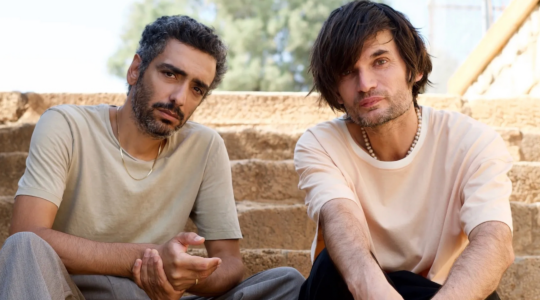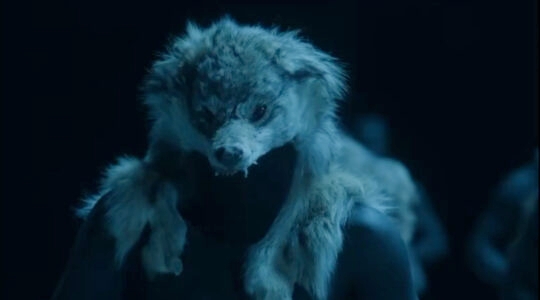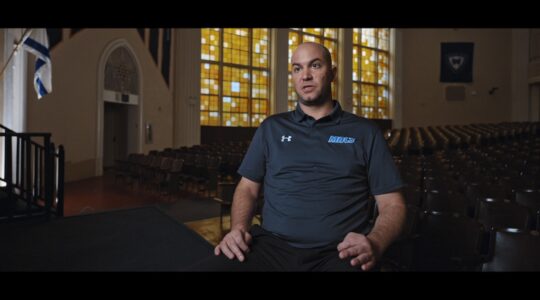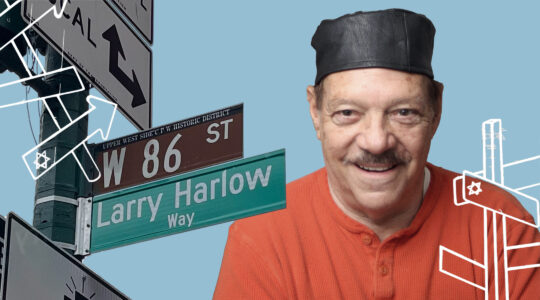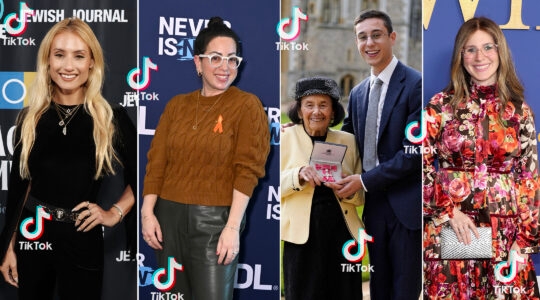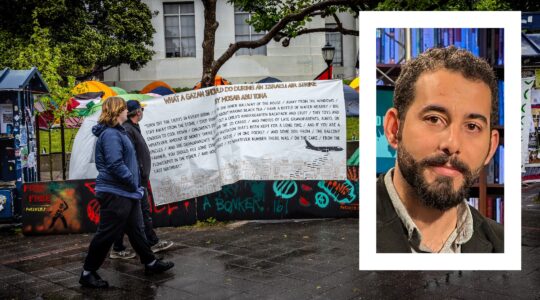We wrote last month that a federal appeals court agreed with a district judge’s ruling that prosecutors in the case against the Holy Land Foundation and its officers — accused of funding Hamas — erred by making public the unindicted co-conspirator status of three national Muslim groups.
The appeals court ordered the district court ruling unsealed, per the appeal of one of the groups.
Josh Gerstein at POLITICO deserves much credit in tracking the case. However, I would disagree with his conclusion that unsealing the district court ruling is a "mixed blessing" for the groups. (Gerstein posted earlier this month after the district court, heeding the appellate court, unsealed its decision, which has now been published by the Dallas News.)
Gerstein draws this conclusion because the 2009 decision by Jorge Solis, the district court judge, presents, as Solis puts it, "ample evidence to establish the association" between the three groups — the Council on American Islamic Relations, the Islamic Society of North America and the North American Islamic Trust — and Hamas, HLF and another group.
In other words, NAIT’s appeal of Solis’ decision, seeking its unsealing and the expunging of references associating it with Hamas, backfired: The appellate court unsealed the ruling, but did not expunge references to NAIT-Hamas associations. (CAIR and ISNA did not appeal Solis’ ruling.)
But I would draw the opposite conclusion: Solis’ ruling more or less vindicates the groups — and we understand this now precisely because it was unsealed.
Solis rejected the groups’ request that he strike references to them as unindicted co-conspirators, but that’s because the term has two meanings: One is a designation used to abide by federal rules of evidence governing the use in court of conspirators’ statements. The other, Solis says, citing precedent, is used to serve the legitimate interest in "stigmatizing private citizens as criminals while not naming them as defendants."
Solis slots the three groups in the former category, not the latter — which is why he faults the government for publicly naming the groups as unindicted co-conspirators, instead of referring to them in public documents as "other persons" or otherwise protecting their identities. (It is also explains, presumably, why he sealed his decision in the first place; the appellate court appears to regard the sealing as having a barn door effect: Now that it’s out there, better to unseal the decision and make its reasoning clear.)
Say realtor Smith had a partner named Jones who defrauded clients. The government might name Smith an unindicted co-conspirator under two circumstances: If the government believed Smith was knowingly complicit, but chose not to bring him to trial, it could, under the precedent cited by Solis, publicly name Smith as an "unindicted co-conspirator," because it would be in the public interest to know that Smith knowingly allowed fraud to take place, even if he was not directly incriminated.
On the other hand, under federal rules, the government could also designate Smith an "unindicted co-conspirator" as a means of using statements by Smith that might otherwise be disallowed as hearsay. Making Smith a conspirator means Jones cannot challenge Smith’s account of an event where Jones was not present, because they were both complicit in the crime, even if Smith was unwittingly so. Smith, for instance, could describe his business conversation with a victim without Jones saying that the conversation did not involve him and is therefore immaterial. The government in this case, under precedent cited by Solis, would be required to do its best to keep Smith’s name under wraps to preserve his Fifth Amendment protection against incrimination without redress.
Solis, again citing precedent, describes being publicly named in the latter case as an "official public smear" — and that appears to be what he thinks happened here. Particularly in the cases of ISNA and NAIT, the government designated the groups unindicted co-conspirators because federal rules required the designation in order for their statements to be used in trial.
There does not seem to be a clear evidentiary line according to which one can name and shame an unindicted co-conspirator on the one hand, and protect her from embarrassment and harmed reputation on the other; it seems more a case of judgment.
Solis thinks the feds made the wrong judgment. (The government, in the appellate case, ultimately acknowledged its error in naming the groups.) He does not make clear why he thinks CAIR, NAIT and ISNA fall under the protective rather than the incriminative category, but the "ample evidence" he cites suggests some reasons. First, the evidence "largely predates," he writes, HLF’s U.S. designation as a terrorist group in 2001.
Second, while some of the evidence is associative — some of the the groups, in the late 1980s, shared officers and office space with HLF — other evidence appears to be hopeful posturing by the bad guys.
In one case, the government quotes a 1991 paper by a Muslim Brotherhood official on strategic goals in North America. In it, the official describes a "kind of a grand jihad in eliminating and destroying the Western civilization from within." Elsewhere in the document, ISNA and NAIT appear in a list of Brotherhood "organizations and organizations of our friends." What’s not clear — at least from the evidence cited by the judge — is whether ISNA and NAIT knew that they appeared on such a list, never mind whether they appreciated the tip of the hat.
None of this means the groups should not be held to account for this activity, but its context should be made clear (the associations were not illegal at the time), and so should subsequent events in making any current judgment. ISNA, for instance, has since explicitly condemned Hamas and Hezbollah terrorism; CAIR has not. The FBI, furthermore, ended its associations with CAIR in 2008. (I’ve asked, but have yet to get an answer why. This FBI letter (pdf), provided to Fox News Channel by the Investigative Project on Terrorism, is vague.)
I’ve found, as a layman reading through court rulings as these, that the plainest statements often come in footnotes, perhaps because it is the one circumstance under which a judge feels constrained not to explain and explain again.
This footnote in Solis’ ruling is telling: "The overwhelming majority of media reports provided by ISNA and NAIT link them to terrorist organizations based on the unindicted co-conspirators list, rather than evidence presented at trial."
That’s a useful distinction going forward.
JTA has documented Jewish history in real-time for over a century. Keep our journalism strong by joining us in supporting independent, award-winning reporting.
